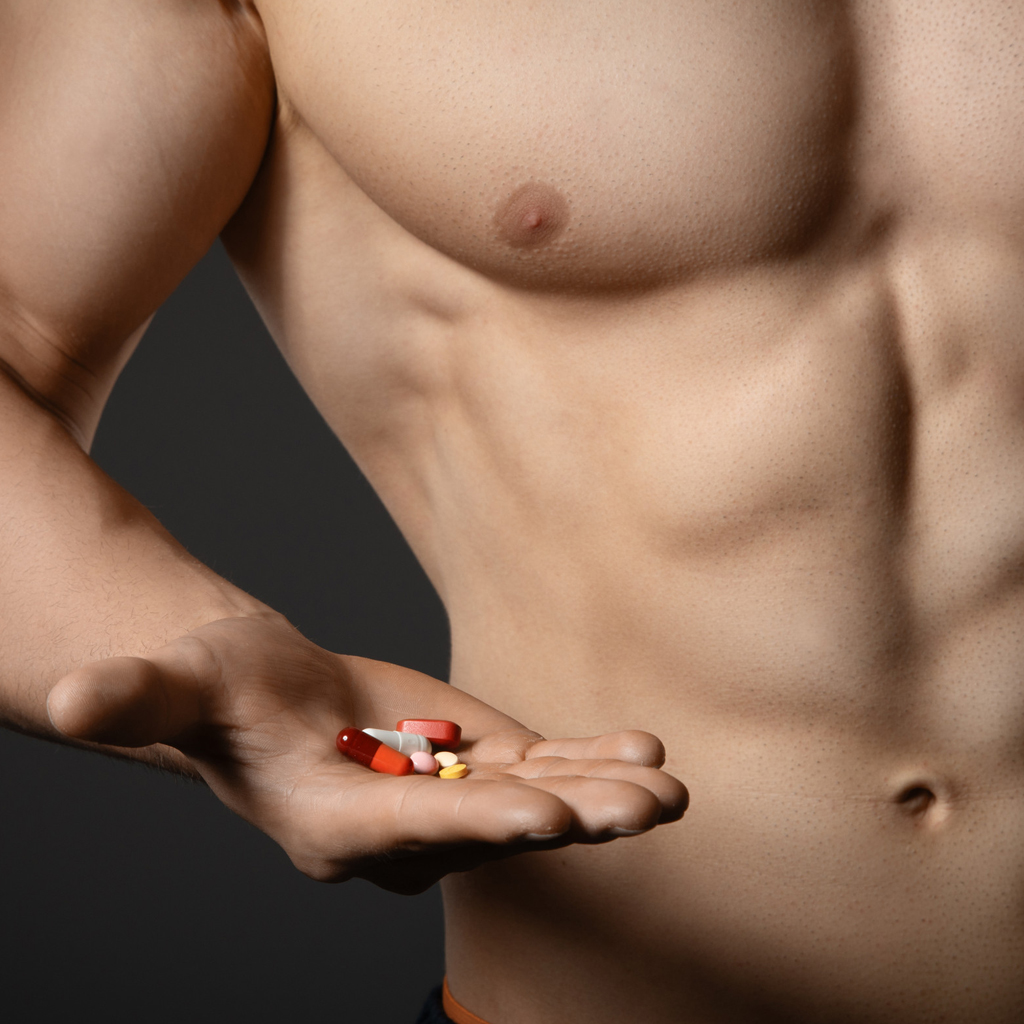If you’re consistently unable to delay ejaculation for more than a minute after beginning intercourse, you probably are suffering from premature ejaculation, according to MayoClinic.com. In other words, there’s no need to panic if this has happened to you as an isolated incident, but if it’s a regular thing you should probably take your concerns to your doctor.
The average time from the beginning of intercourse to ejaculation is five minutes, says Mayo Clinic. But if you feel you have no control over the ejaculation process or if ejaculation occurs earlier than you’d like, talk to your doctor. Although it’s not always easy to discuss sensitive sexual matters with your doctor, you’ll need to man up in order for the two of you to find a way in which to treat the problem.

